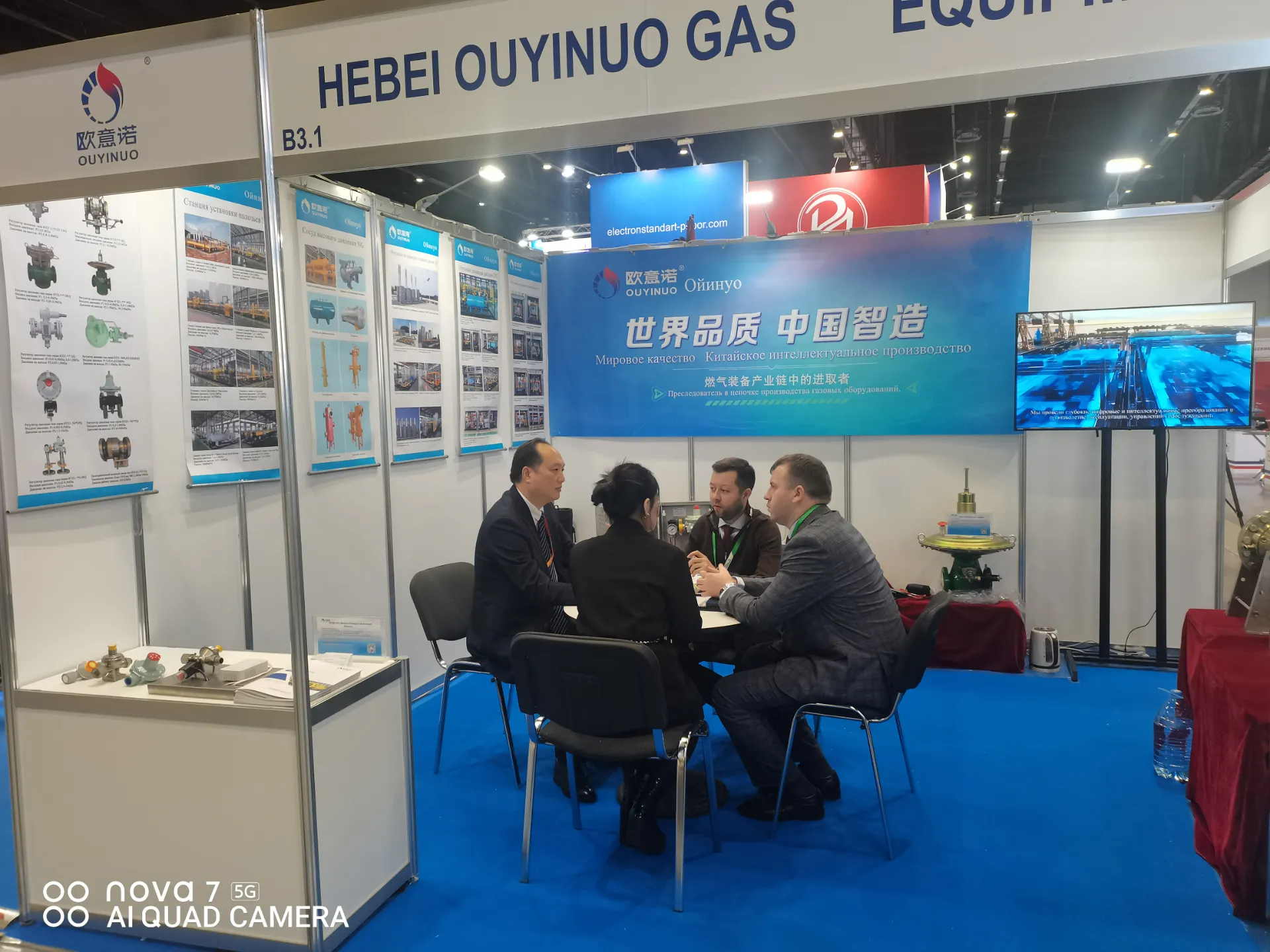
Sep . 17, 2024 16:05
Back to list
Reducing Station - Efficient Energy Management Solutions
Reducing Stations A Key Component in Modern Infrastructure
Reducing stations play a crucial role in the distribution of energy and resources, particularly in the realms of electricity and gas supply. These installations are designed to transform high-pressure energy sources into lower pressures suitable for safe and efficient consumer use. As communities continue to expand and modernize, the importance of reducing stations becomes increasingly apparent.
At its core, a reducing station is a facility that accepts gas or electricity from a higher pressure or voltage source and reduces it to levels that can be safely transported and utilized. In the case of gas, the process involves using various components such as valves, regulators, and control systems to ensure that the gas is delivered at a uniform and manageable pressure. For electrical reducing stations, transformers play a similar role by converting high-voltage electricity to lower voltages suitable for residential and commercial applications.
One of the primary benefits of reducing stations is safety. By managing the pressure and voltage of gas and electrical lines, these stations mitigate the risk of accidents and leaks. High-pressure gas lines, if left unchecked, can lead to catastrophic failures that endanger lives and property. Similarly, electrical systems operating at high voltages present hazards that need careful regulation. Reducing stations ensure compliance with safety standards and regulations, thus protecting consumers and infrastructure.
reducing station

Moreover, reducing stations contribute significantly to the efficiency of energy distribution. By optimizing pressure and voltage levels, these stations reduce energy loss, ensuring that more of the original energy source reaches its end users. This efficiency is particularly vital in an era where energy conservation is a growing concern. As nations globally strive to meet sustainability goals and reduce carbon footprints, the role of reducing stations in energy optimization is more critical than ever.
As technology continues to evolve, so too do the designs and functionalities of reducing stations. Innovations such as smart monitoring systems and automated controls enable real-time data collection and analysis, improving operational efficiency and reliability. These advancements also facilitate predictive maintenance, allowing operators to preemptively address issues before they result in service disruptions.
In conclusion, reducing stations are indispensable to the safe, efficient, and reliable distribution of energy resources. They serve as the backbone of modern infrastructure, ensuring that vital services reach consumers in a manageable form. As we navigate the complexities of a rapidly changing energy landscape, strengthening and upgrading reducing stations will be essential for a sustainable future, reinforcing their pivotal role in our collective infrastructure.
Next:
Latest news
-
Safety Valve Spring-Loaded Design Overpressure ProtectionNewsJul.25,2025
-
Precision Voltage Regulator AC5 Accuracy Grade PerformanceNewsJul.25,2025
-
Natural Gas Pressure Regulating Skid Industrial Pipeline ApplicationsNewsJul.25,2025
-
Natural Gas Filter Stainless Steel Mesh Element DesignNewsJul.25,2025
-
Gas Pressure Regulator Valve Direct-Acting Spring-Loaded DesignNewsJul.25,2025
-
Decompression Equipment Multi-Stage Heat Exchange System DesignNewsJul.25,2025

